Want to party with the stars for a special show? December’s night sky features meteor showers, constellations and planets to view. All you need is a dark sky, wide-open space, and some warm layers.
The Geminid meteor showers are a must-see show. More than 50 showers an hour may streak by during optimal times and conditions. Peak viewing this year will run from the evening of the 13th, until dawn on the 14th. Watch for bold, bright bursts radiating from the Gemini Twins constellation, near the stars Pollux and Castor.
Meteor showers are best viewed with just our eyes recommends MDC's astronomy guru, Dan Zarlenga. Here are some tips from Dan on equipment and viewing:
"Sometimes larger objects can look better in the wide field of binoculars than the more narrow view of a telescope. Many astronomers still own binoculars even if they have telescopes. Each has their own use. There are even elaborate mounts made specifically for stargazing with binoculars.
On the other hand, telescopes, or even binoculars are the last things you want for viewing meteor showers. They are best appreciated with the unaided eye, a reclining chair with neck support, and a wide-open view to increase your chances." You can see Dan's night sky photography in the gallery below.
Many conservation areas offer wide vistas and are open from 4 a.m. until 10 p.m., accommodating before sunrise and after sunset viewing. Some areas also offer camping. Check regulations for each area and whether you need a special permit before heading out.
Also look skyward this month for Mars, Orion the Hunter, Taurus the Bull, and Pleiades, the Seven Sisters.
The Christmas Star
You can also catch the conjunction of the planets Jupiter and Saturn, sometimes referred to as the "Christmas Star", this month. The planets will be the closest on December 21st and visible in the southwestern sky an hour or so after sunset. You can see them with your eye, but binoculars or a telescope will help you observe more details as well as Jupiter's moons and Saturn's rings. It's better to have a clear horizon view than a dark sky to see these planets. And witness a sight that hasn't been seen for 800 years and not due to return until 2080.
Prepping for a Night of Meteor Spotting and Stargazing
- A blanket or sleeping bag spread on the ground can be a nice viewing location. A reclining outdoor lounge or camping chair is another option if you prefer to do your viewing off the ground.
- A pair of binoculars, perhaps ones you may already own, can offer a wondrous window on the universe. An ideal pair would be in the 7X50 or 10X50 range, but almost any will offer an enhanced view and allow you to see more stars than the naked eye.
- A planisphere is an excellent tool to aid in learning the stars and constellations. Several mobile apps are available to help you in finding constellations and other stellar events.
- When heading out to enjoy nature at night, always remember to dress in plenty of layers on cooler nights, prepared for at least 10 degrees cooler than the forecasted low.
- Using a red flashlight, either a red LED or a standard flashlight covered with red electrical tape, help preserve your night vision.
For more tips on discovering nature at night, check out this 2015 article from the Missouri Conservationist Magazine.
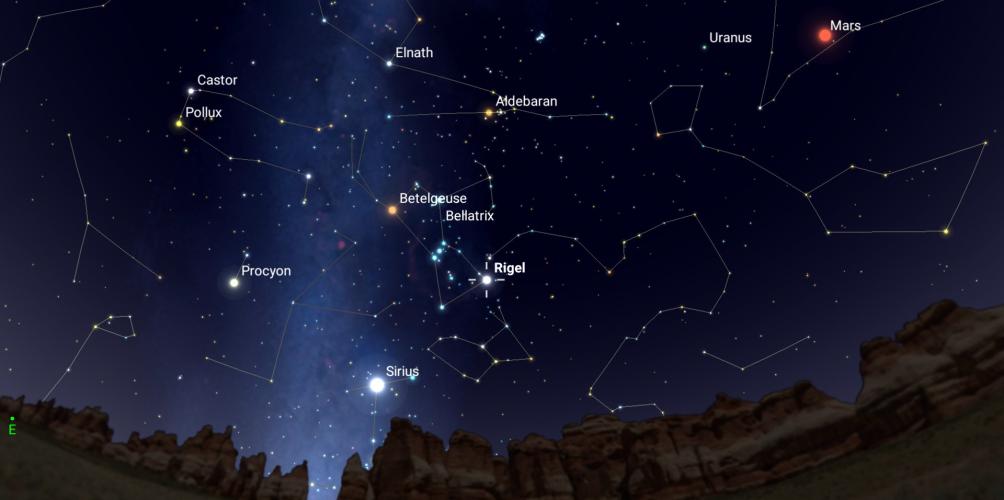
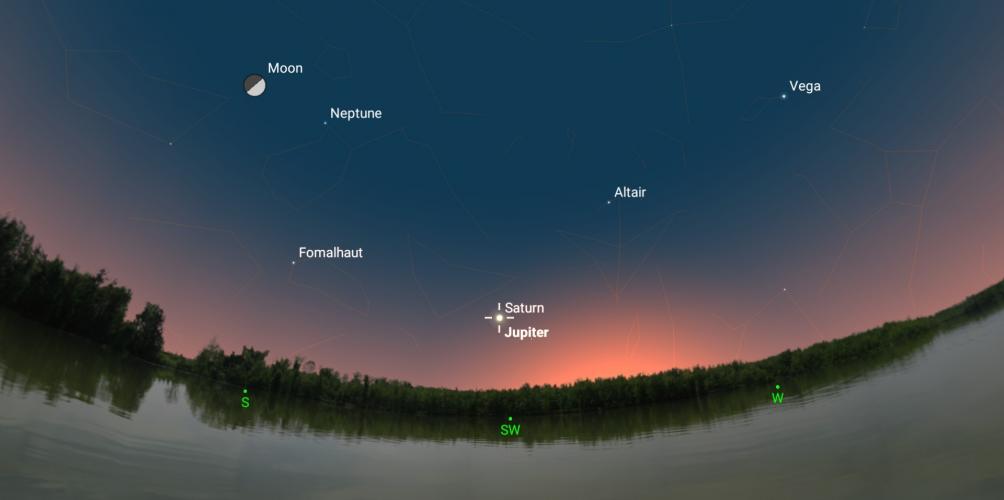
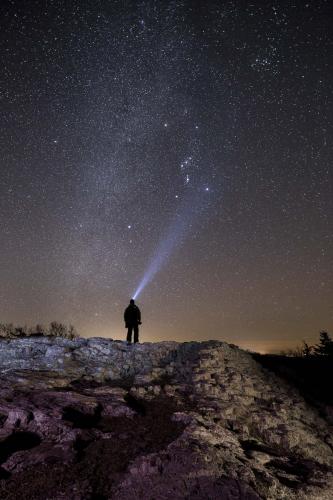
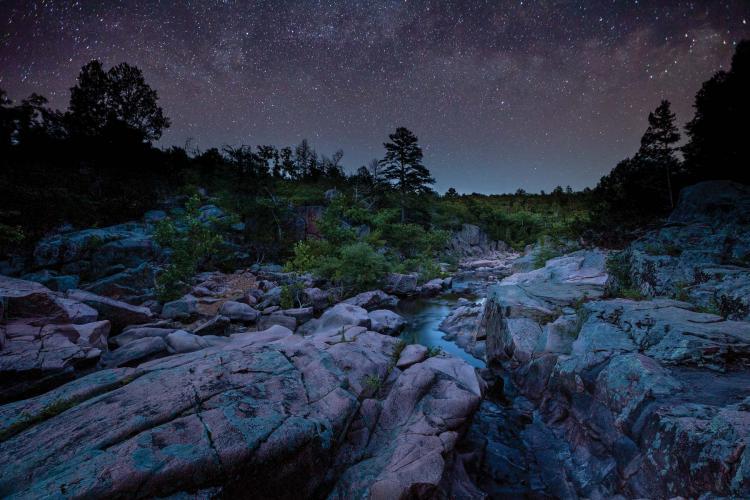
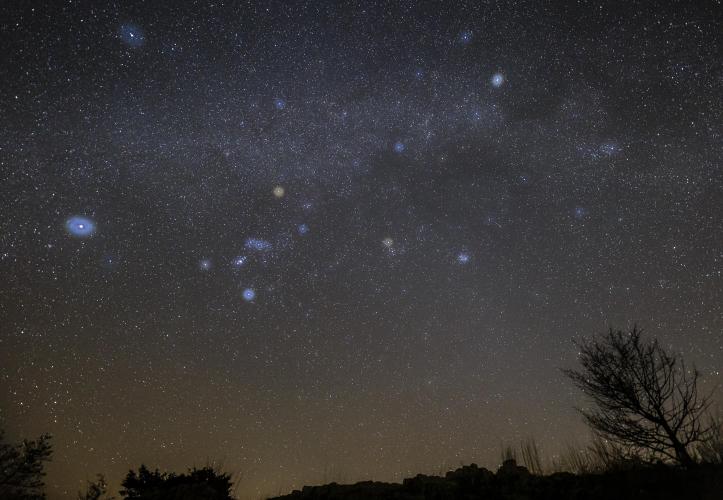
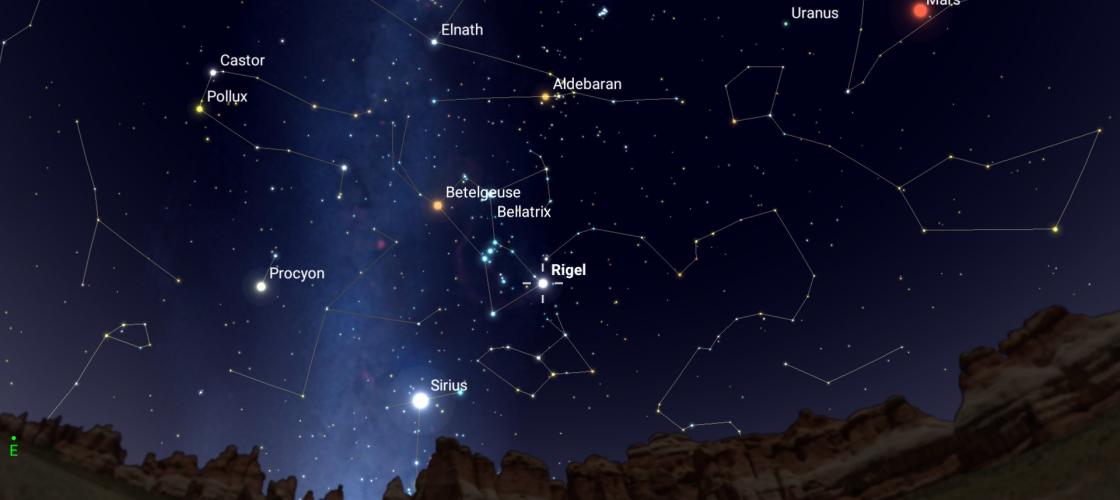
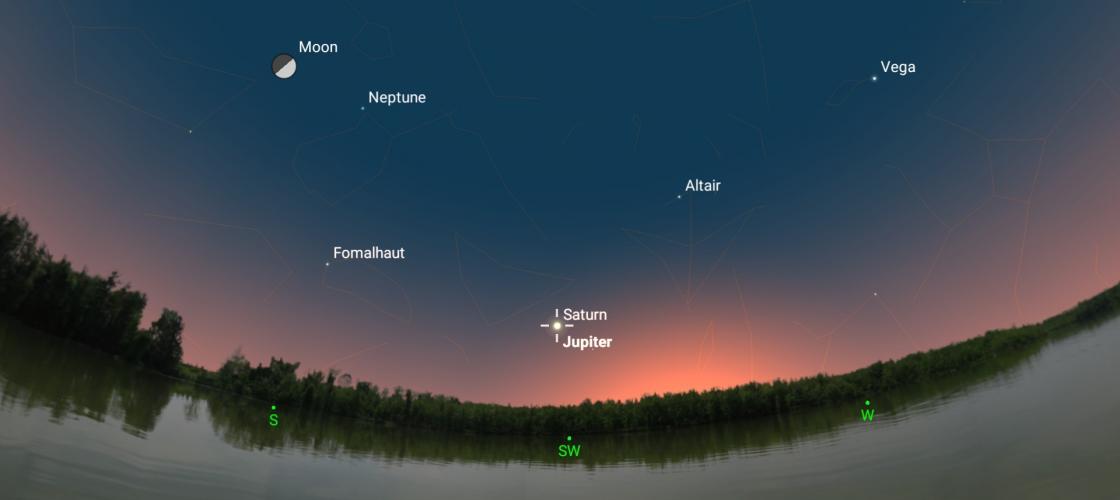
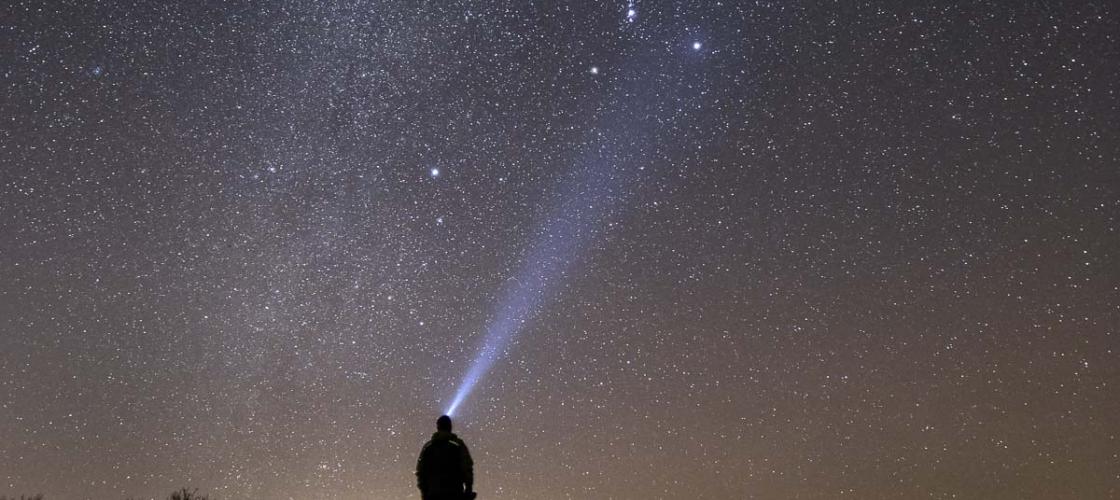
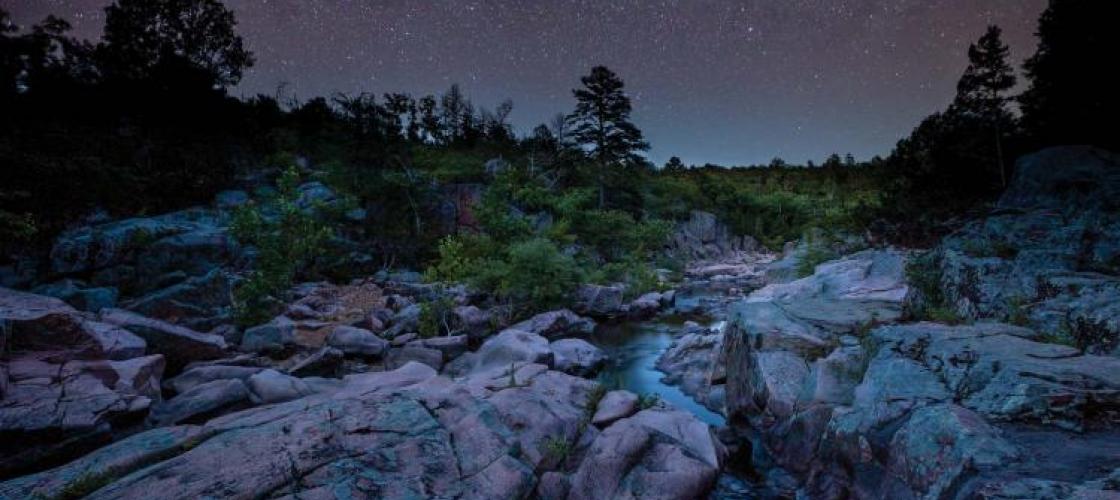
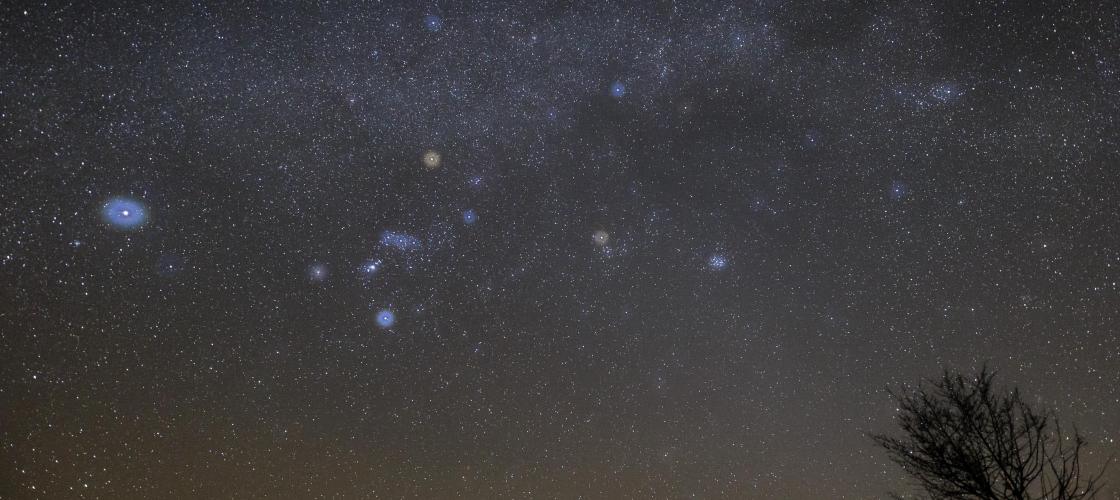
Recent Posts
























